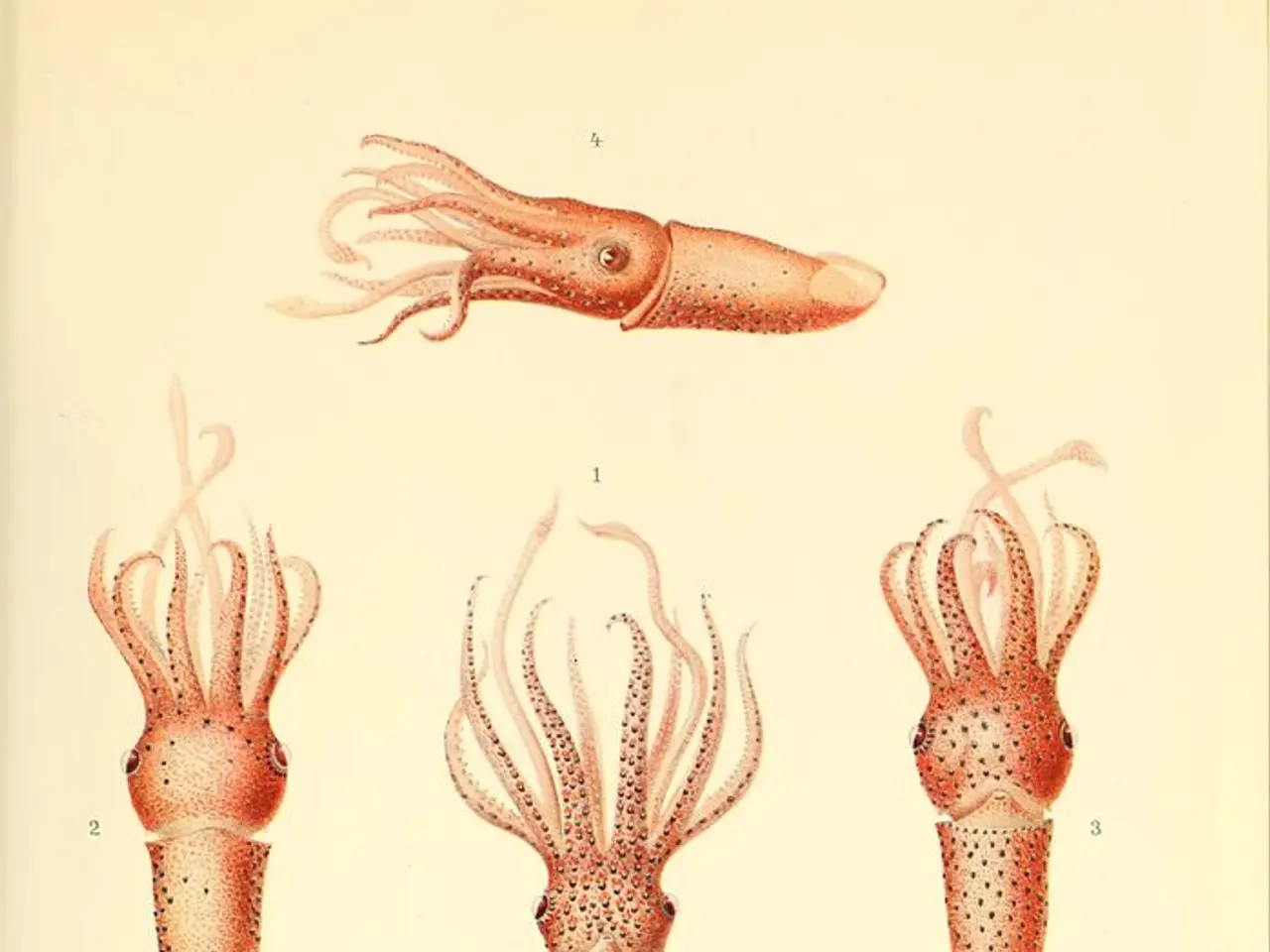Octopuses possess three hearts and nine brains - an overview of their unique circulatory and nervous systems.
The Remarkable Octopus: Earth's Alien Marvel
The octopus, often referred to as the "closest thing to aliens on Earth," is a creature shrouded in mystery and intrigue. With its unique adaptations, it thrives in the depths of the ocean, challenging our understanding of intelligence and survival.
One of the most fascinating aspects of the octopus is its three-heart circulatory system. It possesses two branchial hearts that pump blood through the gills for oxygenation, and a third systemic heart that distributes the oxygenated blood to the rest of the body. This separation allows for more efficient oxygen uptake and delivery, a crucial advantage in the deep sea where oxygen levels can be low.
Octopus blood contains hemocyanin, a copper-based oxygen carrier, which is more efficient than hemoglobin in cold, low-oxygen environments typical of deep waters. This adaptation ensures the octopus can survive in some of the most inhospitable conditions on our planet.
The octopus's decentralized nervous system is another remarkable feature. It has one central brain and a mini-brain in each of its eight arms, totaling nine "brains." This decentralized system allows each arm to independently process sensory information and perform complex movements while the central brain focuses on overall control and decision-making.
This decentralization is advantageous in deep-sea environments where rapid, flexible responses to prey or threats are vital. Each arm can explore or react independently without needing orders from the central brain, enhancing multitasking and survival efficiency.
The specialized lobes and complex eyes of the octopus enable advanced processing of sensory inputs despite the low light conditions in the deep sea. Together, these adaptations allow the octopus to efficiently circulate oxygen in challenging environments and maintain highly flexible, responsive control over its body for hunting, camouflage, locomotion, and escaping predators in deep-sea habitats.
The octopus's short lifespan, often just one to two years, belies its incredible intelligence. Octopuses are known to use tools, recognize individual humans, and solve puzzles. They are often as intelligent as dogs, parrots, and some primates, demonstrating that intelligence, adaptability, and creativity can evolve in ways we might never expect.
As we search for life beyond our planet, the octopus serves as a reminder of the wonders that exist right here on Earth. Its unique adaptations and intelligence remind us that life, in all its forms, is capable of amazing feats of survival and intelligence.
References:
- Octopus Physiology
- Octopus Anatomy
- Octopus Circulatory System
- Octopus Nervous System
- Octopus Blood
- The three-heart circulatory system of the octopus, comprising two branchial hearts and a systemic heart, facilitates efficient oxygen uptake and distribution in deep-sea conditions where oxygen levels are low.
- Octopus blood contains hemocyanin, a copper-based oxygen carrier, which operates more effectively in cold, low-oxygen environments like those in deep waters, ensuring the octopus's survival in harsh environments.
- The decentralized nervous system of the octopus, featuring a central brain and mini-brains in each of its eight arms, allows for rapid, flexible responses to prey or threats and enhances multitasking and survival efficiency in deep-sea habitats.
- The octopus's specialized lobes and complex eyes enable advanced processing of sensory inputs in low-light conditions, improving its ability to hunt, camouflage, locomote, and escape predators in deep-sea environments.
- Despite having a short lifespan of one to two years, the octopus displays intelligence comparable to dogs, parrots, and some primates, demonstrating adaptability, creativity, and problem-solving skills.
- The remarkable octopus, a creature displaying advanced adaptations and intelligence, serves as an inspiration for scientists, whether in the fields of biology, environmental science, space and astronomy, or technology, reminding us of the incredible potential for life on Earth and beyond.
- Engaging in education and self-development, one can learn about the octopus and its fascinating biology, anatomy, physiology, and circulatory system through various resources like books, online articles, documentaries, and virtual reality experiences, promoting a comprehensive understanding of this alien marvel and a respect for life's incredible diversity and adaptability.




